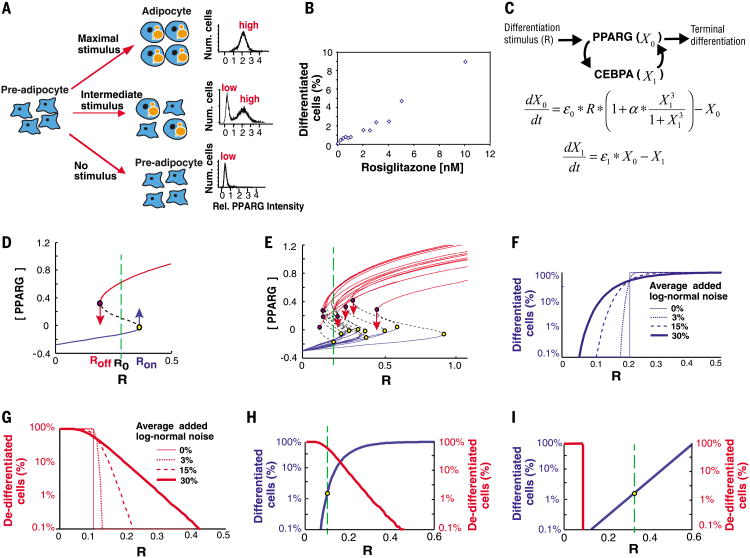Fig. 1. Description of the control problem.
(A) Schematic of the bistable switch from pre-adipocyte to adipocyte. Right, bimodality in single cell abundance of PPARG. (B) Control of very low rates of adipocyte differentiation by increasing the stimulus, R, applied to mouse OP9 preadipocyte cells. Here, R is rosiglitazone, a PPARG agonist, which directly induces adipogenesis in these cells (7). (C) Quantitative model of the protein network controlling the terminal differentiation decision in adipocytes. ε0 and ε1 represent noise in the abundance of X0 and X1, respectively, α is a feedback amplification term experimentally measured to be ∼15 (7). (D) Steady-state plot of a one-feedback loop system with cooperativity, n = 3. As the receptor stimulus R is increased, Ron is the level of R at which the modeled cell triggers into the differentiated state (yellow dot). As R is decreased, Roff is the level of R at which the cell loses the differentiated state (purple dot). R0 is the level of basal receptor activity. (E) Sample steady-state plots of the system in (D) but with 30% log-normal noise randomly added to each simulation. At the stimulus intensity marked by the green line, only one cell differentiated but several differentiated cells de-differentiated (red arrows). (Fand G) The relationship between Rand number of cells differentiating or de-differentiating becomes more graded as more noise is added. Each curve in these plots summarizes the Ron (F) or Roff (G) values obtained from 20,000 simulations. Noise was added randomly to each simulation to result in an average of no noise (thin solid line) up to 30% log-normal noise (thick solid line). (H) Plot showing the probabilities of triggering differentiation (blue) versus losing the differentiated state (red) as a function of the stimulus intensity R [20,000 simulations of the system described in (E)]. Such a system would be unable to maintain tissue size because, at the rate of preadipocyte differentiation observed in vivo (1.65%, as marked by dashed green line), ∼80% of adipocytes would de-differentiate. (I) Plot showing ideal condition which allows for graded control of low rates of differentiation but with no de-differentiation.

